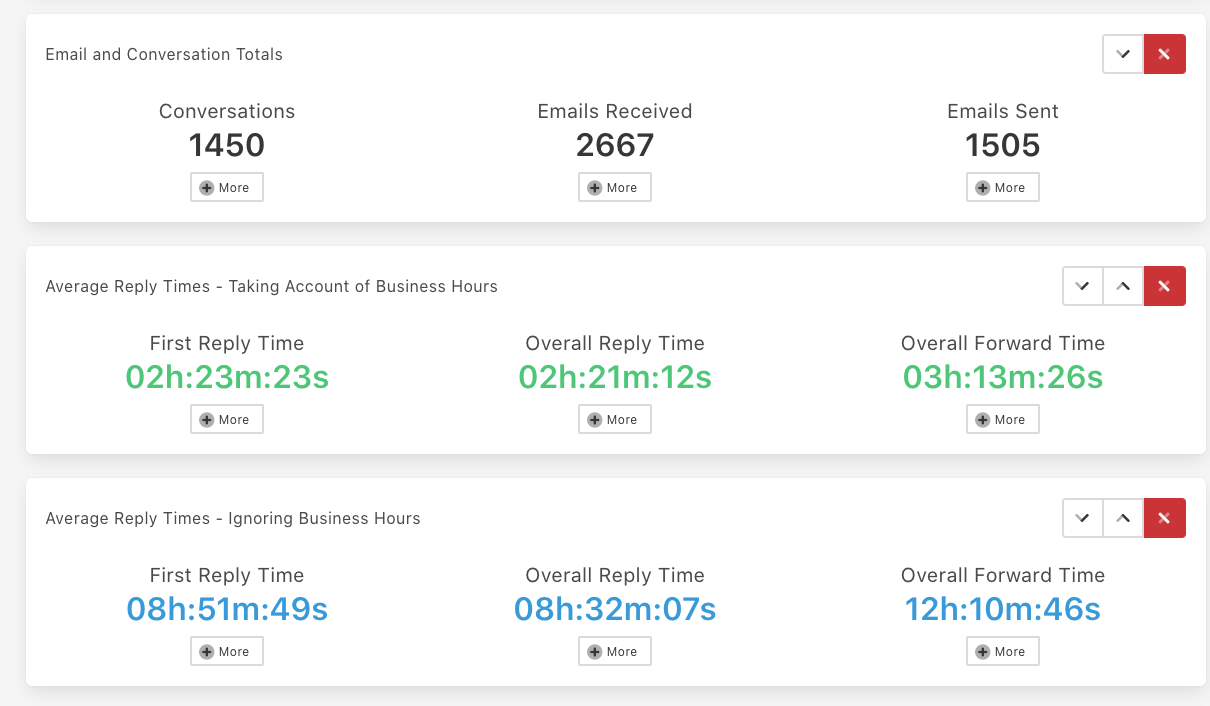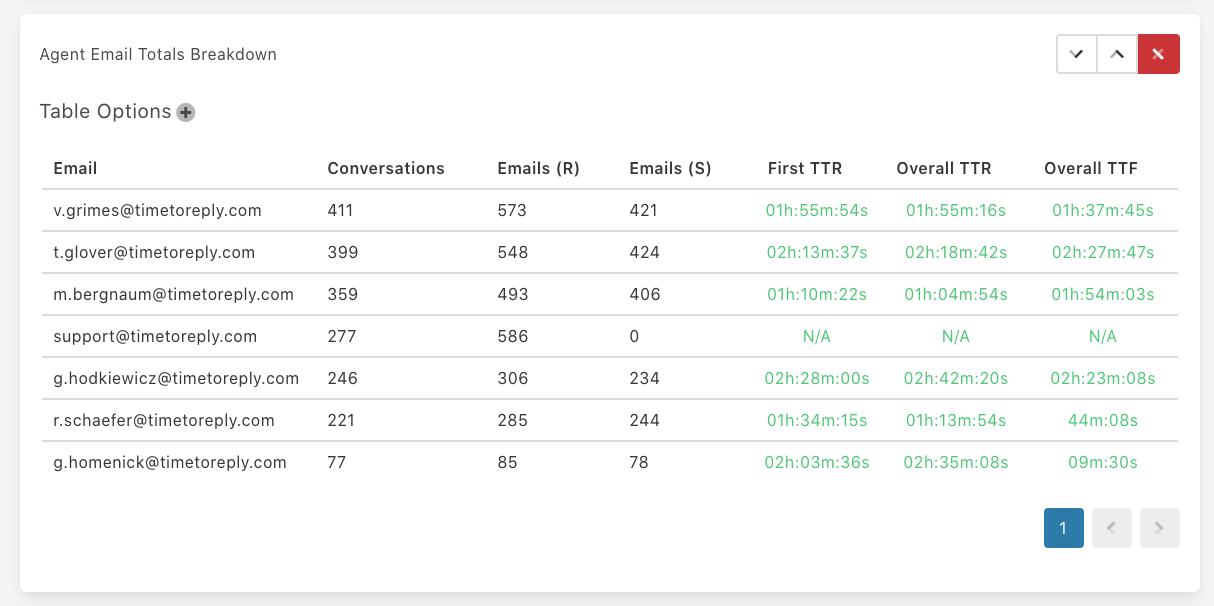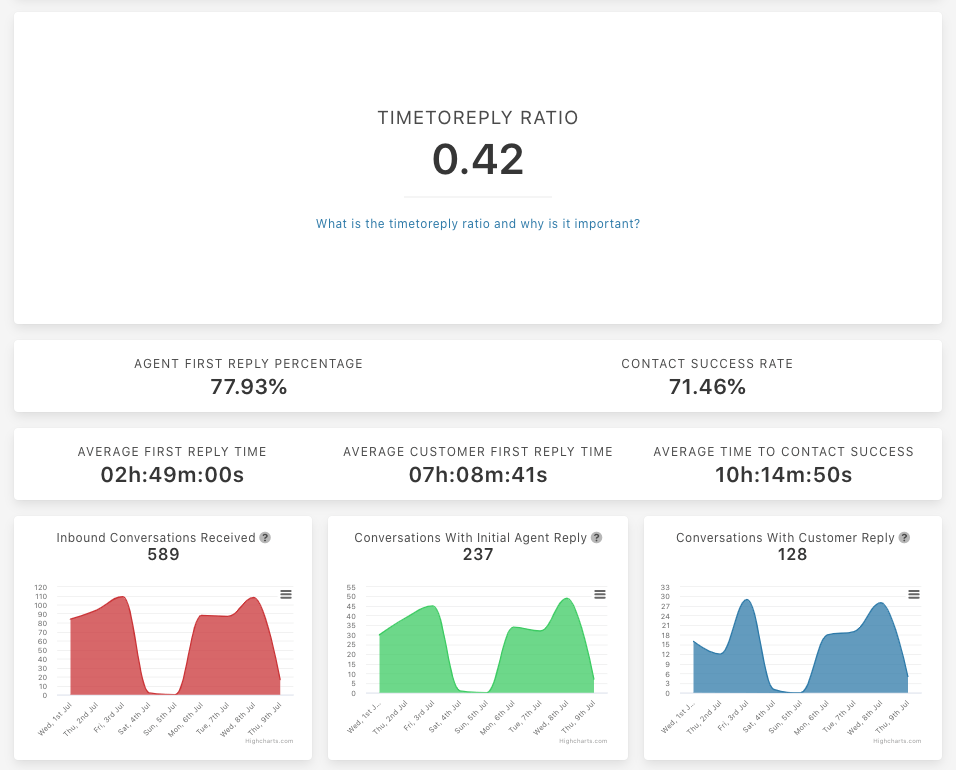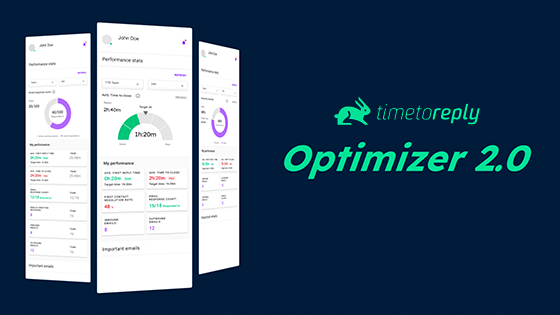Imagine this:
After hours of intensive research, you’ve finally narrowed down three retail suppliers for your eCommerce store. You send a message to all three of them. Of the three, only one of them responds to you instantly. One of them didn’t give you the time they’d respond and the other will get back to you within 24 hours. You signed the deal with the first one even though they had a higher price threshold than the other two, but you were impressed with their promptness and instant availability.
Bottom line? Businesses that don’t respond quickly are losing their sales to competitors.
Put simply, the time you take to first reply to a customer query or support ticket is called the first response time. The ‘average,’ is the measure of minutes or hours you take to respond divided by the number of email inquiries you or your team have.
For instance, in the past seven days, your teams took 5, 18, 20, 35, 45, 50, and 80 minutes to respond to a customer query.
The average response time for the week will be: 5 + 18 + 20 + 35 + 45 + 50 + 80 = 253 minutes/7 = 36 minutes.
Imagine a customer walking into a store, asking for help finding a product, only to be told to come back later or wait for 24 hours. It’s the same with an online business. If your teams are not instantly available to help customers, you’re losing business fast.
Some important statistics to consider:
First response time impacts your sales conversion rates more than you’d like. Minutes, not hours, drive conversion rates.
Supposing you have one sales rep and you have 10 leads coming in every hour via the web form. If you take 15 minutes to respond to each lead, you’re already covering 4 leads. Assuming each lead can bring you $5,000 in revenue, that’s $20,000 for responding to 4 leads within an hour. Now, if you’re taking 5 hours to respond to one lead…. well, you’ve lost a significant amount of revenue.
Though this example is basic, it illustrates an important point – if you’re not available to capture on an opportunity or a lead, you’re losing more money than you’d imagine.
Measuring your team’s first response time is a way to identify gaps within your process and optimizing it to meet modern customer demands of instant communication. Most companies measure response time based on a superficial average, calculated using CRMs that generate an average value. These values are an accumulative average and do not represent the metrics for individual accounts.
To truly identify the problems within your teams and systems, you’ll need to know how each account performs to each request. You’ll also need to know the average response time to queries within and outside business hours, based on which you can optimize the performance of your teams, decide on whether you need more resources and make critical business decisions (such as hiring sales reps to manage requests from global locations).
Of course, you can’t be manually calculating this on spreadsheets. You need an automated system that generates extensive reports on the performance of each account within your organization. This is where a platform like timetoreply Sales comes in.
timetoreply Sales gives you quick, actionable insights into your sales team’s most vital stats, including their first response times. See an example of one of the response time reports below.

As you can see, the Average First Reply Time, taking into account business hours is 2 hours and 23 minutes.
If you want to see each one of your sales team member’s first reply times, you can do that too!

Here’s a detailed break down of the timetoreply Ratio report. With all of our customers, we see that there is a direct correlation between their first response time and their contact success rate.

Measuring your team’s first reply times and contact success helps you improve your sales conversion rates. According to Velocify’s report, lead conversions are 391% higher if you call within a minute of an online inquiry. The timely and quality response of your reps to customer queries or lead inquiries can make or break your business.
We detail six ways to improve your team’s response time here. However, it’s important to note that as a team, you should focus on your first reply time.
When a customer sends you a request for help, they may never have dealt with your support team before and may have had poor service experiences with other companies. So your first reply time matters more than any response time, and that is reflected in the correlation between customer satisfaction rates and response times.
Getting a fast, solid, helpful first reply back builds their confidence in your team and your product, and it creates a positive impression that you can reinforce over the rest of the conversation.
When you have already been responsive and helpful earlier in the conversation, your customer will be more understanding about needing to wait for you to get them more complex answers down the line.



Trusted by high-performing inbound sales teams and customer-facing teams globally.
Close more deals and delight more customers with the faster, smarter, deeper email analytics and performance optimization software that works straight from your team’s inbox.